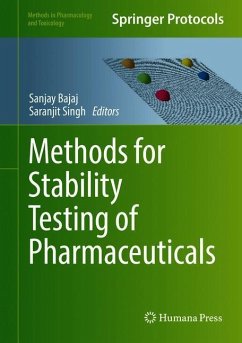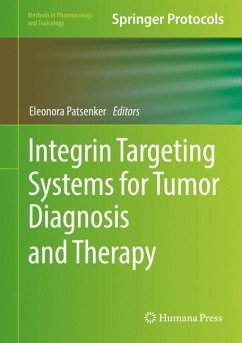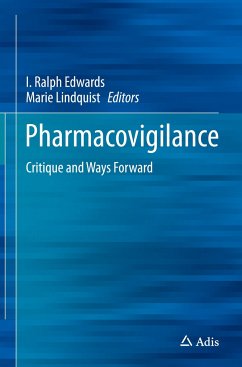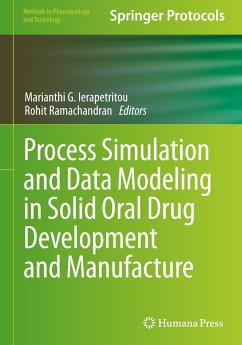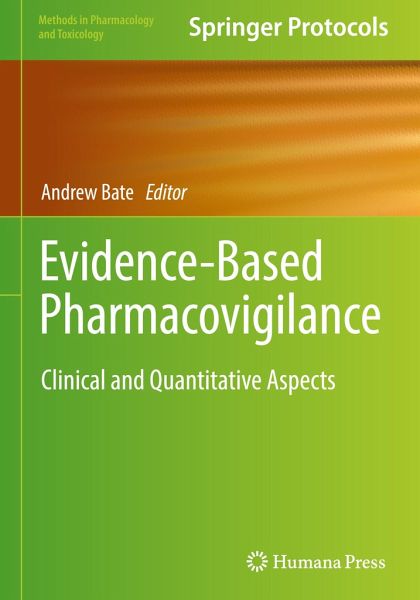
Evidence-Based Pharmacovigilance
Clinical and Quantitative Aspects
Herausgegeben: Bate, Andrew

PAYBACK Punkte
68 °P sammeln!
This book examines insights into the latest thinking and core concepts in areas of key methodological endeavor in Pharmacovigilance (PV), which strives to ever more effectively protect patients from harm caused by the medicines they need. Each book chapter tends to have a clear quantitative or clinical slant and an aim to provide an overview of methodological insights within a specific topic, while also providing a perspective on how the area is anticipated to develop in the future. Quantitative chapters focus more on statistical and epidemiological strategies and the thinking that underpins c...
This book examines insights into the latest thinking and core concepts in areas of key methodological endeavor in Pharmacovigilance (PV), which strives to ever more effectively protect patients from harm caused by the medicines they need. Each book chapter tends to have a clear quantitative or clinical slant and an aim to provide an overview of methodological insights within a specific topic, while also providing a perspective on how the area is anticipated to develop in the future. Quantitative chapters focus more on statistical and epidemiological strategies and the thinking that underpins core developments in Pharmacovigilance, whereas clinical chapters focus on clinical methods for detecting hypotheses for and determining side effects of medicinal products as well as misdiagnosis pitfalls. Examples of areas of importance include signal detection, risk management, and risk benefit assessment.
Vital and authoritative, Evidence-Based Pharmacovigilance: Clinical and Quantitative Aspects aims to provide readers with a sense of the advances that have occurred in pharmacovigilance methods and approaches, as well as inspiration and motivation to advance the field of pharmacovigilance with a strong sense that there is much more work to be done in ensuring the safe use of medications by patients.
Vital and authoritative, Evidence-Based Pharmacovigilance: Clinical and Quantitative Aspects aims to provide readers with a sense of the advances that have occurred in pharmacovigilance methods and approaches, as well as inspiration and motivation to advance the field of pharmacovigilance with a strong sense that there is much more work to be done in ensuring the safe use of medications by patients.





